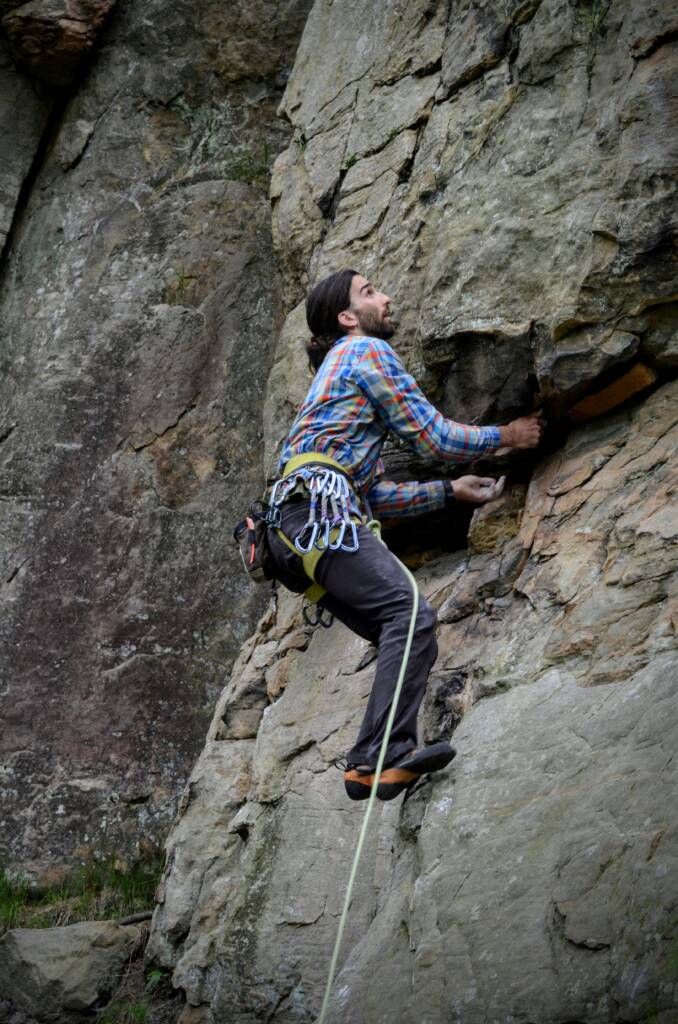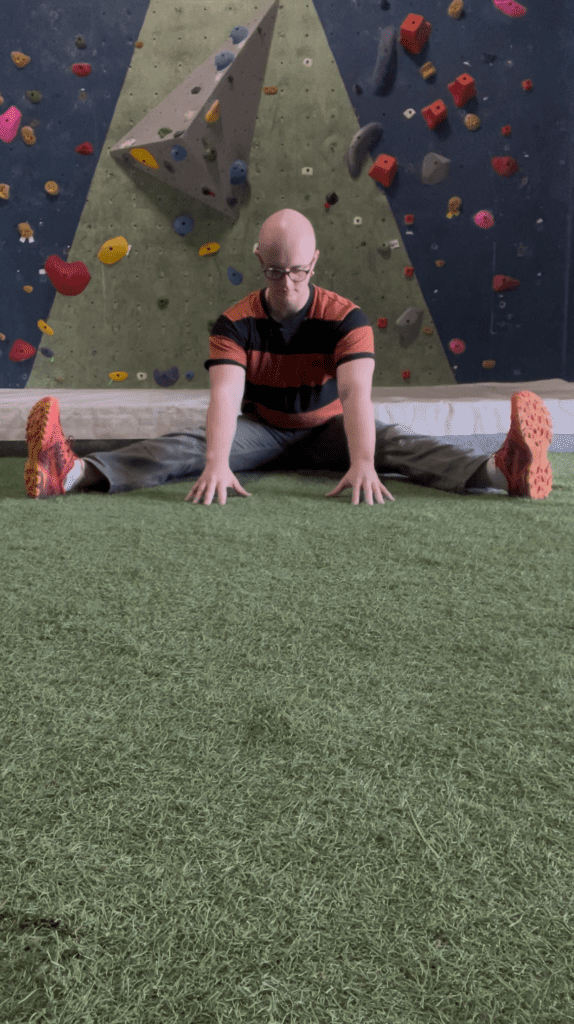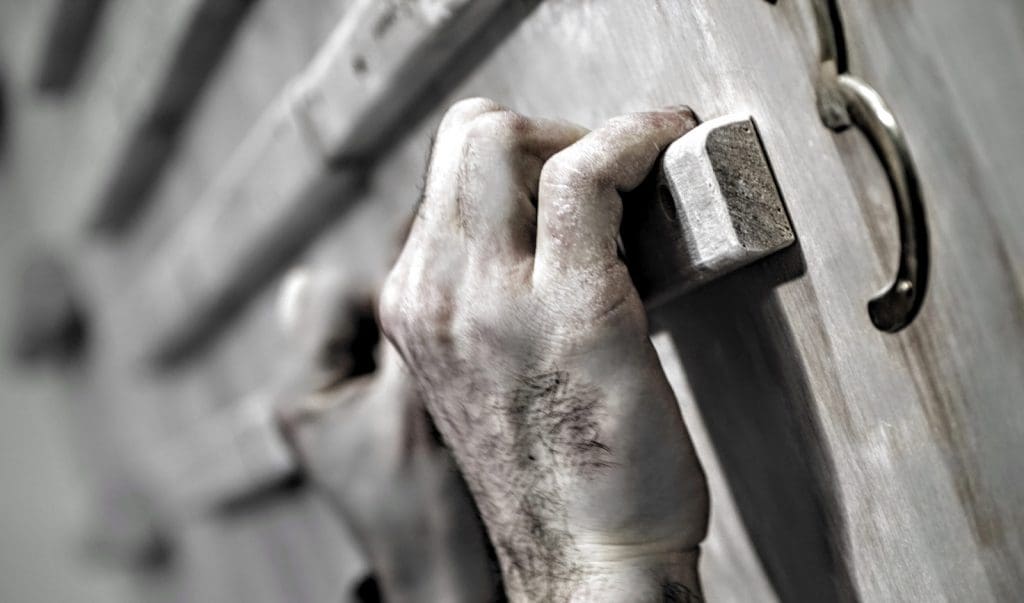As climbers were often trying to optimize. Am I climbing enough? Do I hang board too much or maybe too little? If I just get my foot perfect here on this feature and then hit the side pull with my right index finger on this crystal and… You get the picture. One optimization that’s often sought is “What else should I be doing for my climbing outside of actually climbing?” There are a lot of answers and opinions on this topic. To encompass them all would be impossible, but there are some basic guidelines we can look for to optimize your climbing.

These are places to look for climbers seeking to improve as climbers, protect their bodies, and prepare themselves for climbing, and to become more well-rounded. Climbing places high demands on a lot of areas of the body. Your joints in your fingers, shoulders, hips, and legs can all be challenged with high forces in a multitude of positions. A great place to start, outside of climbing, to optimize your climbing, is mobility.
Movements off the wall to optimize your climbing

Mobility and stretching will help you be ready for high steps, awkward shoulder positions, and tweaky fingers to an extent. This includes stretching, as well as increasing the range of motion, while also strengthening the muscles throughout that range of motion. This is where more direct strengthening comes in.
Shoulder exercises such as IYTs are great for shoulder strength in extended positions, while training the rotator cuffs helps keep them moving well. Joint health cannot be overlooked, so this strength training comes with another benefit, paired with mobility. Joints that are strong, mobile, and primed are joints ready for the loads demanded in climbing. Yoga or dance are great for this, they offer great mobility and strength through the poses and flows.
Keeping the strength ball rolling comes with working out antagonists and agonists. Broadly, agonist muscles are the muscles that are actively working. Antagonist muscles are those that stretch and provide stability while not being directly used in a movement. It is important to train both, as the antagonists often become tight and weak if not used. And the agonists should be trained to be stronger and improve the wall strength and stability. The agonists in climbing include the upper back muscles, the posterior chain, the abs and core, the wrist and forearms, and also the shoulders. The antagonists are found in many of the pressing muscles (such as the chest and deltoids, as well as the forearm extensors).
How much to be doing

So any activities that offer mobility, strength throughout the agonists and antagonists of climbing are great pairings. This could be lifting, calisthenics, or yoga by themselves or paired with running, biking, other cardio, and leg workouts. The key is not to let this addition take away time from climbing and dedicated climbing training. 60-70% of your training for climbing should be climbing. The remaining percentage includes training of any kind, regardless of the type.
So you’re lifting or hangboarding, etc. Programming is one of our specialties here at Summit, and we are rolling out plenty of free programming around the gym. So check that out for a great place to start adding to your climbing. Or email us for something more specialized!


